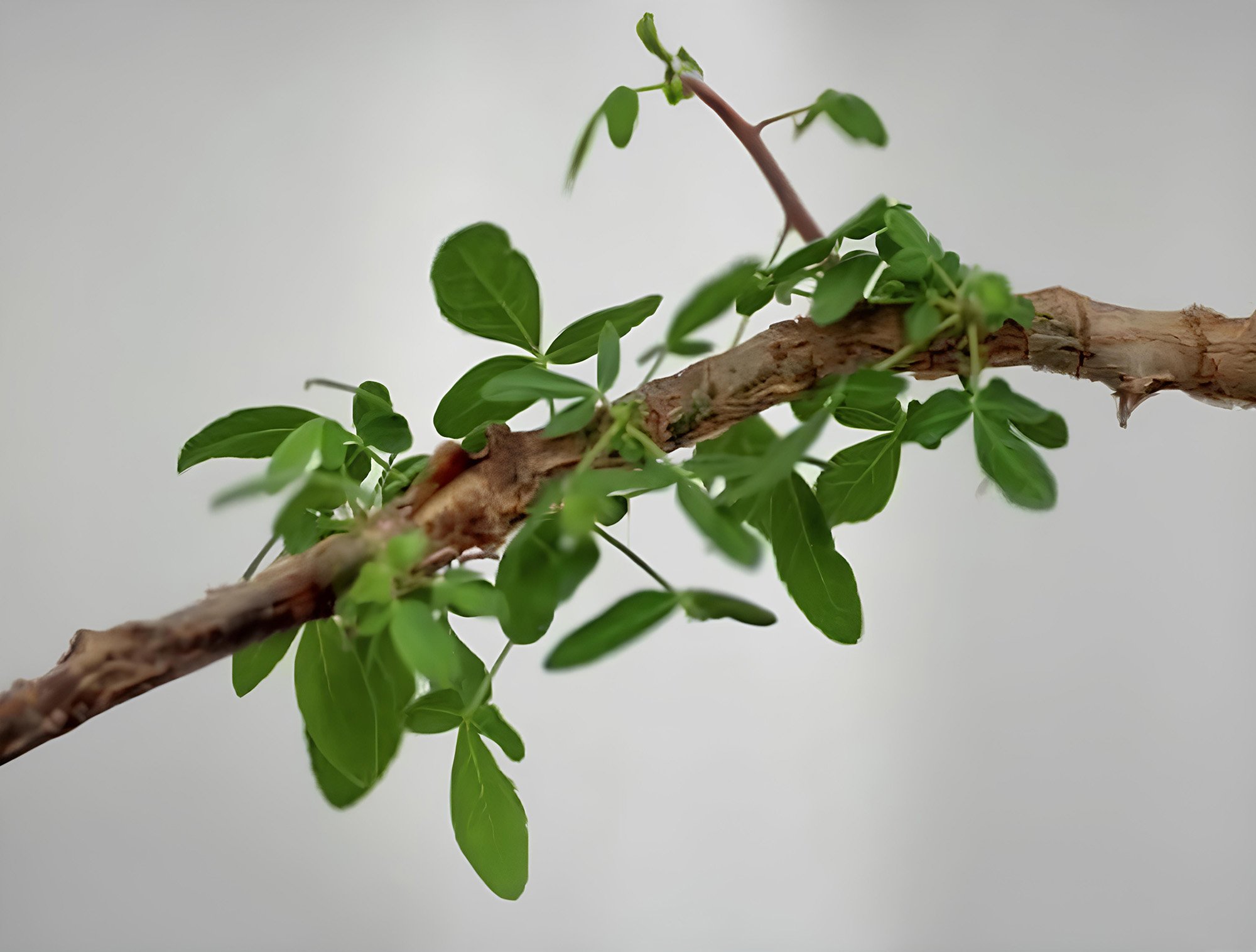
Israeli researchers have grown the 1,000-year-old seed of a previously unknown species of flowering plant into a mature tree.
The seed has been languishing in storage for decades. In the late 1980s, archaeologists excavating caves in the northern Judean desert discovered a well-preserved but mysterious seed that had likely been carried there by animals. It sat in the archives of Hebrew University’s Archaeology Department until 2010, when Sarah Sallon, director of natural medicine research and a researcher at Jerusalem’s Hadassah Medical Organization, selected it in the hope of uncovering a new species.
Sallon has a successful background in this area of research. In 2005, she germinated and planted 2,000-year-old date seeds alongside Elaine Solowey, a desert plant expert. The Judean date palm was previously extinct and the ancient seeds not only bore fruit but were scientifically intriguing: they are 30 percent larger than those of modern dates, and they evidenced a broad genetic diversity. Sallon took to naming the seedlings, calling the first Methuselah, after the Biblical patriarch who was said to have lived for 969 years.
Left: the ancient seed prior to planting; right: developing seed at five weeks. Photos: Guy Eisner and Elaine Solowey, https://doi.org/10.1038/s42003-024-06721-5.
The latest results, Sallon said, are an extension of this project. Following radiocarbon testing, DNA sequencing, and analysis of its evolutionary development, it was determined that the seed could be dated to between 993 C.E. and 1202 C.E. and that it was a unique member of the commiphora family, a flowering plant known for its aromatic resins. Sallon named the seed Sheba after a prized member of the commiphora family that legend says was gifted to King Solomon by the Queen of Sheba in the 10th century B.C.E.
“When we discovered she was a commiphora, I thought it might be the famous Judean Balsam of antiquity,” Sallon said via email. “Historically, it was cultivated around the Dead Sea for about one thousand years, but it disappeared in the eighth century.”
The long-disappeared Judean balsam is believed to have originated in southern Arabia or East Africa and was prized as a perfume and incense on account of its bold fragrance. This is one reason Sallon’s research has taken nearly 15 years to publish results: she was waiting to see if the specimen was fragrant. Unfortunately, Sheba hasn’t lived up to her name, though as put forward in an article published in Communications Biology, this commiphora remains significant.
Sallon’s new hypothesis is that the Sheba is the ancient source of tsori, or balm, a fabled resinous substance that had medicinal uses. The substance appears several times in Genesis and the Books of the Prophets, but has not yet been identified with a modern plant.
One point in support of this hypothesis is that the balm was almost certainly made from a local species and the analysis of the plant’s evolutionary development suggests this is the case. Chemical analysis shows an abundance of medical properties in the leaves, and its lack of fragrance matches descriptions of the tsori in the Bible.
The next step is to name the tree. First, however, it needs to produce flowers, something Sallon hopes will happen once it’s planted in the ground.